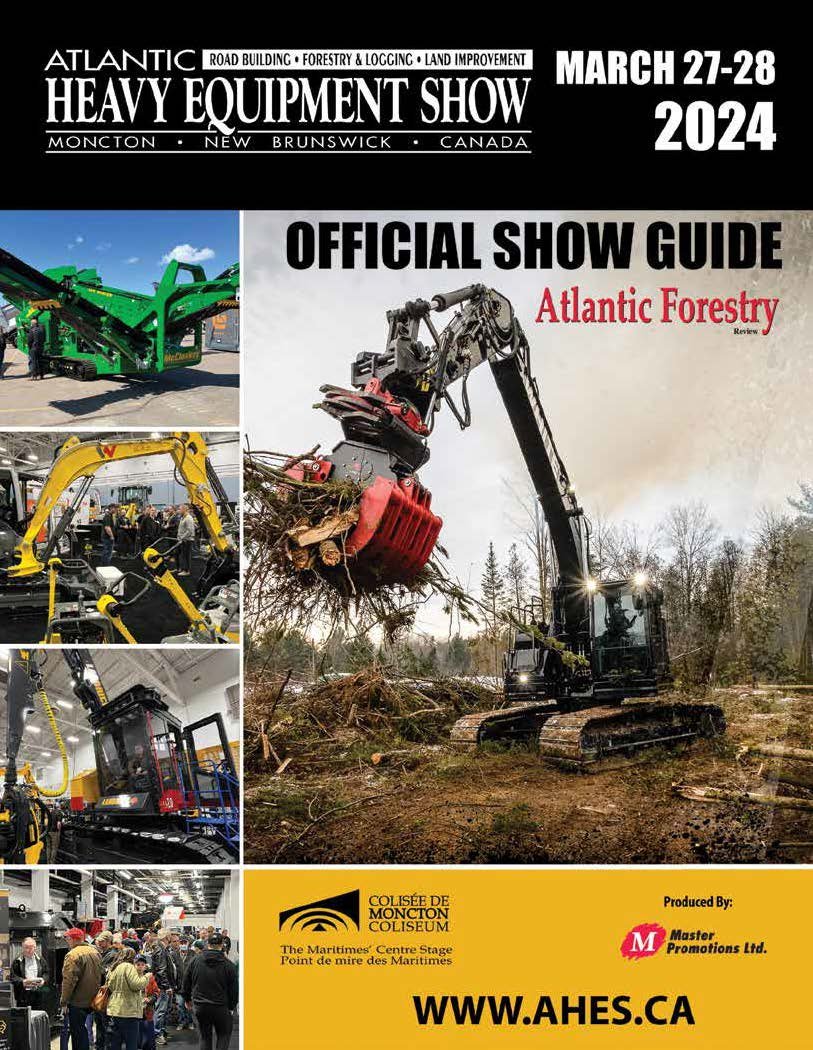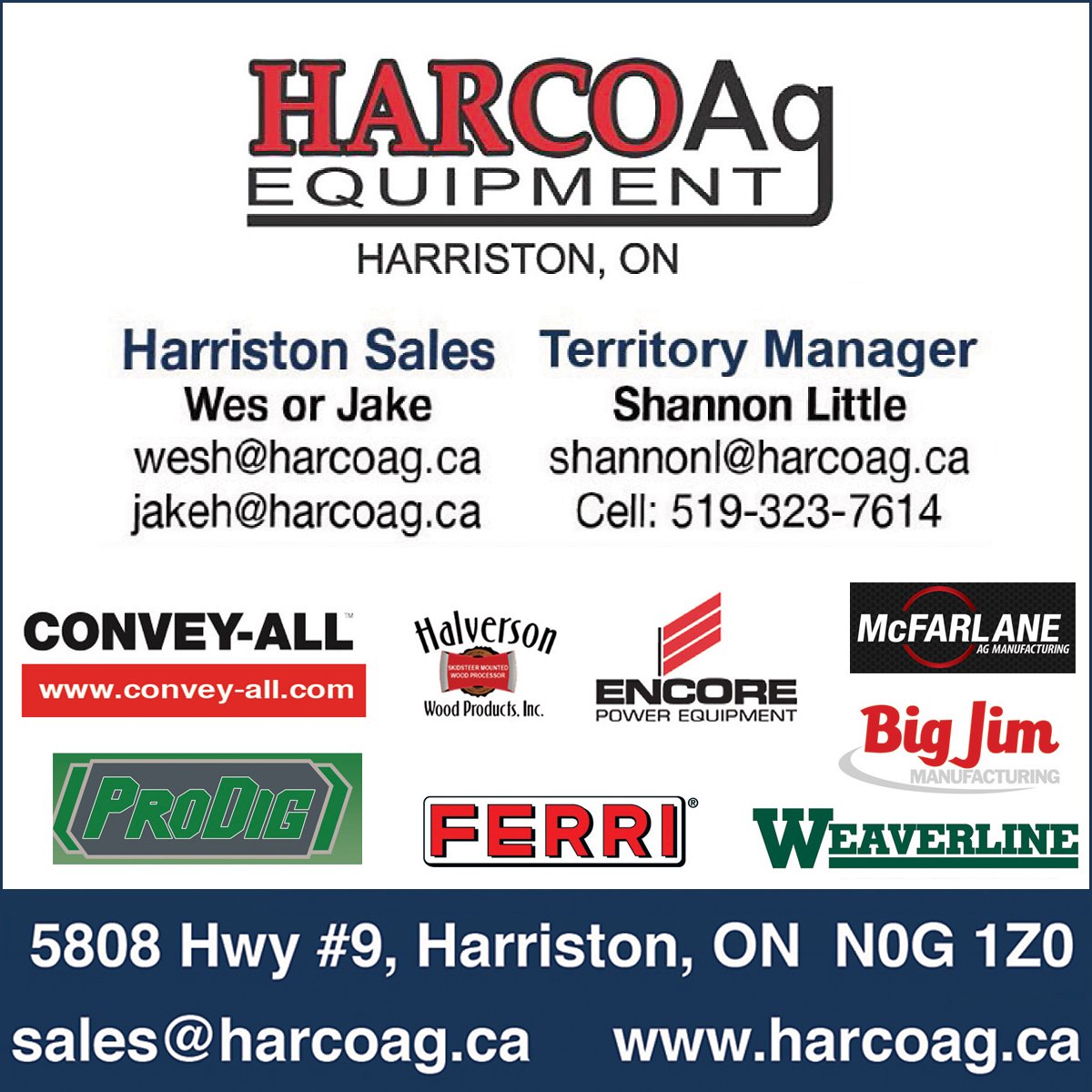Horse & Pony November-January 2024
/Getting lucky, finally
It was a challenging summer for making hay in Atlantic Canada. It started out dry and then quickly changed to soggy – all summer long. Much of the hay crop where I live is made on dykeland – beautiful, fertile Acadian dykes made for growing grass. The historic flood in West Hants, N.S., on July 22 left much of that land under water. When the floodwaters receded, some were left badly damaged by debris deposited during the flood, and gravel from roadways.
There was nothing to be done on most of those low-lying hayfields, even through the short, dry stretches that should have allowed for haymaking under more normal circumstances. It’s hard to make dry hay on wet ground, or with equipment that keeps getting stuck. The haylage option enabled some feed to get harvested on accessible fields despite the weather.
Finally, the last day of summer brought the beginning of long-awaited hay-making weather. The last week of September into mid-October allowed for first cuts to be made. By most accounts, the quality is pretty good too, with lots of undergrowth. But regardless of the grass quality, most importantly the sunshine and low humidity allowed the cut grass to dry! It’s unlikely the hay shortage was solved by the kind, early fall weather, but I shudder to think where we would be had it not finally arrived.
My family opted to blow the budget this year and purchased our hay from further down the Annapolis Valley, where conditions had been more favourable. It was delivered on flat decks early in August. I’m thankful for our big old hay barn and the ability to put up our year’s requirement, and to know our horses have their winter food on site. On the flip side, all the rain has made pastures lush, and I hope we’ll be conserving that hay supply and will have grass for daily grazing into winter.
If nothing else, this summer was a good reminder that hay is a valuable resource, and we should all do what we can to ensure (once we have it) it’s handled that way. Food insecurity and food waste is not just a human problem.
I’m wrapping up writing this editorial in between watching hunter and jumper classes online from the Royal Agricultural Winter Fair, cheering on Maritimers who qualified and made the long trip to Toronto. The horses, ponies, and riders all looked well prepared and up to the challenge. That’s a testament to the quality of the coaching here on the East Coast, and to the dedication of families who commit to setting lofty competition goals. Lots of pretty ribbons, and cherished memories will be making the long trip home. It was also fun to note how many of the horses and ponies competing were bred, raised, and developed right here.
It’s not just the hunter-jumper folks travelling to compete away. Atlantic Canadians have been represented all over North America, from Ohio to Texas, in disciplines ranging from barrel racing to showmanship. The biggest travel news of 2023 came from Nova Scotia warmblood breeders, Steele Family Warmbloods, who have sold their 2023 black colt “Total Glamour” (Glamourdale x Totilas) to a buyer in Denmark! The little guy will be heading overseas in 2024 with hopes of a Grand Prix dressage career in his future. You can read about these accomplishments in Reports from Across the Region in this and future issues of Atlantic Horse & Pony. Remember to keep our reporters updated so we can share your news with readers.
Enjoy this issue of HP and have a safe and happy winter.



















